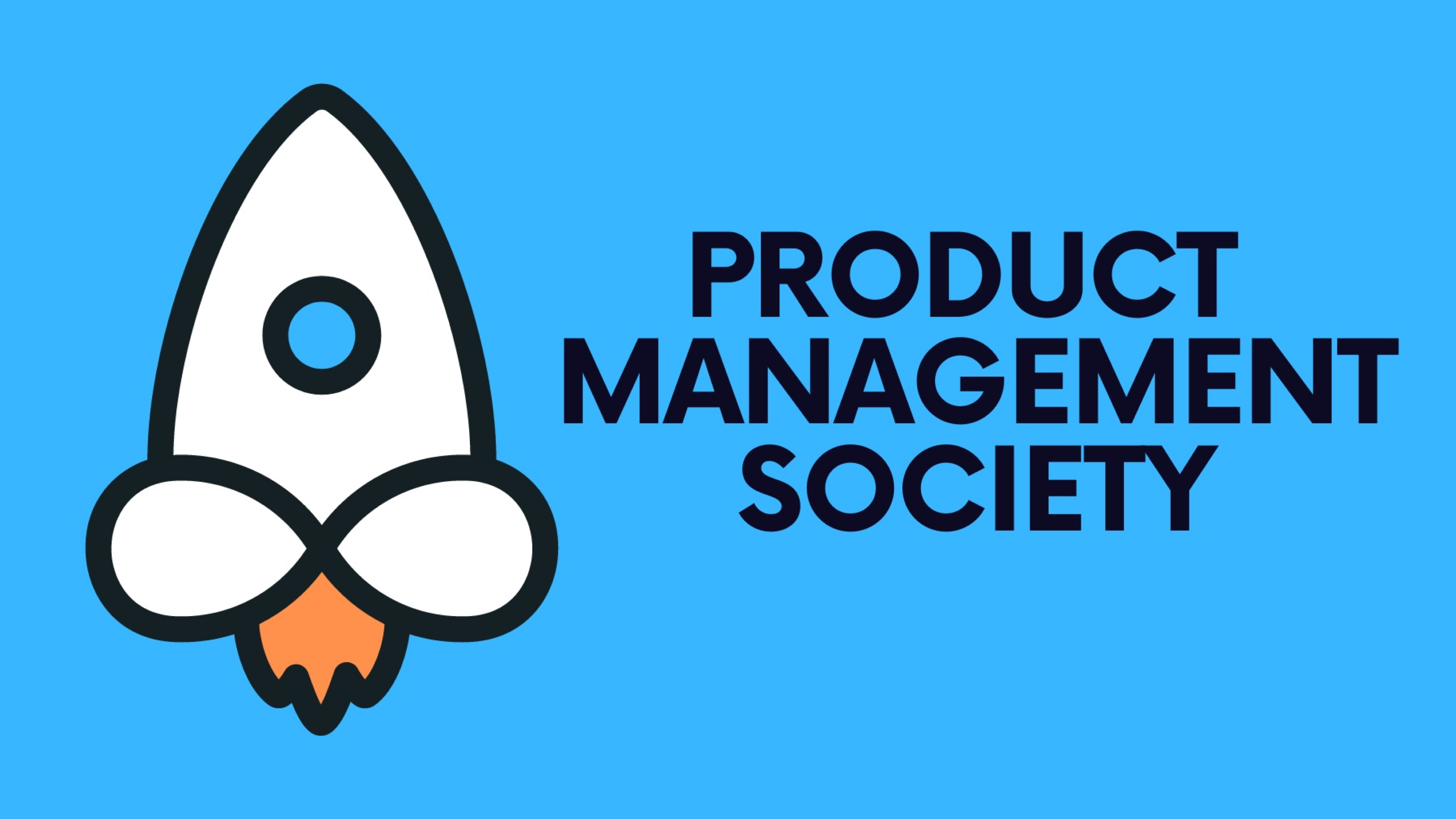While challenging, these setbacks can be invaluable learning opportunities. This article explores strategies for managing product failures effectively, extracting lessons from these experiences, and building resilience for future projects.
Thanks for reading Product Management Society! Subscribe for free to receive new weekly posts 🚀
1. Acknowledging and Analyzing the Failure
Accept Responsibility:
- The first step in managing product failure is acknowledging it. This involves taking responsibility without casting blame, which can help maintain team morale and trust.
Conduct a Post-Mortem Analysis:
- Perform a thorough review of the product’s development process, launch, and market performance. Identify what went wrong and why. Use tools like the 5 Whys technique to delve deep into the root causes.
2. Communicating Transparently
Internal Communication:
- Be transparent about the failure and its implications with your team and stakeholders. This openness fosters trust and can encourage team members to share their insights or potential solutions.
External Communication:
- If the failure affects customers, communicate openly with them too. Apologize if necessary, explain what happened, and what steps are being taken to resolve the issue. This can help preserve customer trust and loyalty.
3. Learning from the Experience
Document Insights and Learnings:
- Keep a record of the lessons learned from the failure. This documentation can be a valuable resource for future projects, helping to avoid similar mistakes.
Incorporate Feedback:
- Use feedback from all stakeholders involved in the product to enhance future projects. This includes customers, team members, and external partners.
4. Making Necessary Adjustments
Pivot or Persevere:
- Decide whether to pivot the product based on the feedback and analysis or to stop the project altogether. Sometimes, a pivot can turn a failing product into a success.
Adjust Processes:
- Implement changes to the development and management processes to address the identified issues. This could involve adopting new tools, changing team structures, or revising development methodologies.
5. Fostering a Resilient Team Culture
Promote a Growth Mindset:
- Encourage a culture where failure is seen as a part of learning and growth. Emphasize that each setback is a step towards future success.
Support and Motivate Your Team:
Recognize your team members' efforts, even if the project did not turn out as expected. Offer support and motivation to keep morale high.
6. Planning for Future Success
Risk Management:
- Enhance your risk management strategies based on what was learned from the failure. Identify potential risks early in the development process and develop mitigation strategies.
Stay Informed and Prepared:
- Keep abreast of new developments in your industry that could impact your product. Continuous learning can help you anticipate and adapt to market changes more effectively.
7. Leveraging Failure for Innovation
Inspire Innovation:
- Use the lessons from failures to inspire innovative thinking. Often, a fresh perspective or bold new approach can emerge from the ashes of a failed project.
Experiment Freely:
- Encourage experimentation within the bounds of defined risk parameters. Smaller, controlled experiments can lead to breakthroughs without the risk of significant failures.
Conclusion
Managing product failures is an essential skill for any product manager. By approaching failures with a constructive and systematic mindset, you can turn challenges into opportunities for growth and learning. Remember, resilience isn't about never facing setbacks but bouncing back stronger and wiser each time.
Stay tuned for our next article, exploring emerging product management trends.
If you’re finding this newsletter valuable, consider sharing it with friends, or subscribing if you aren’t already. Also, consider coming to one of our Meetups and following us on LinkedIn ✨
Thanks for reading Product Management Society! Subscribe for free to receive new weekly posts 🚀







